I went from being an enthusiastic recycler, to someone who now obsesses about the environment. No, you don’t understand. I lose sleep over the fact that our planet is hurting and so many of us aren’t willing to make small changes. Being a mom makes me even more crazy about the environment, plastics and now microplastics.
The use of plastic in everyday products changed the way we live. The paper cups that we carry our coffee in, the stretchy clothes we wear, and the buses that we take to work all contain plastics. These plastics allow us to live our lives more conveniently. However, are we aware of the negative effects of our plastic obsession?
So I asked one of my students (the wonderfully talented Leanne Acosta) to enlighten us on the latest research behind plastics.
Thanks to Leanne Acosta for taking the time to research and write this…
The equivalent of 9.5 million tonnes of new plastic flow into our oceans every year (IUCN). To put that number into perspective, that’s the equivalent of about 47,500 blue whales.

Plastic, plastic everywhere!
While at a birthday party yesterday for one of my son’s preschool friends, I asked the host if I could get a glass of water. I was really thirsty; It was hot, and I had been running all over the place trying to keep my two-year-old from starting any more brawls (tip: never take a 2-year-old to a party if they’ve missed a nap!). The host came over to me with a bottle of water. A wave of guilt came over me. As I considered drinking the water, I couldn’t help but imagine plastic swirling around in there.
The ‘Great Pacific Garbage Patch’ is massive floating island of plastic, now 3 times the size of France. – source
Plastics are one thing. But more recently, the issue of microplastic contamination has been all over the media.
I started to do my research.
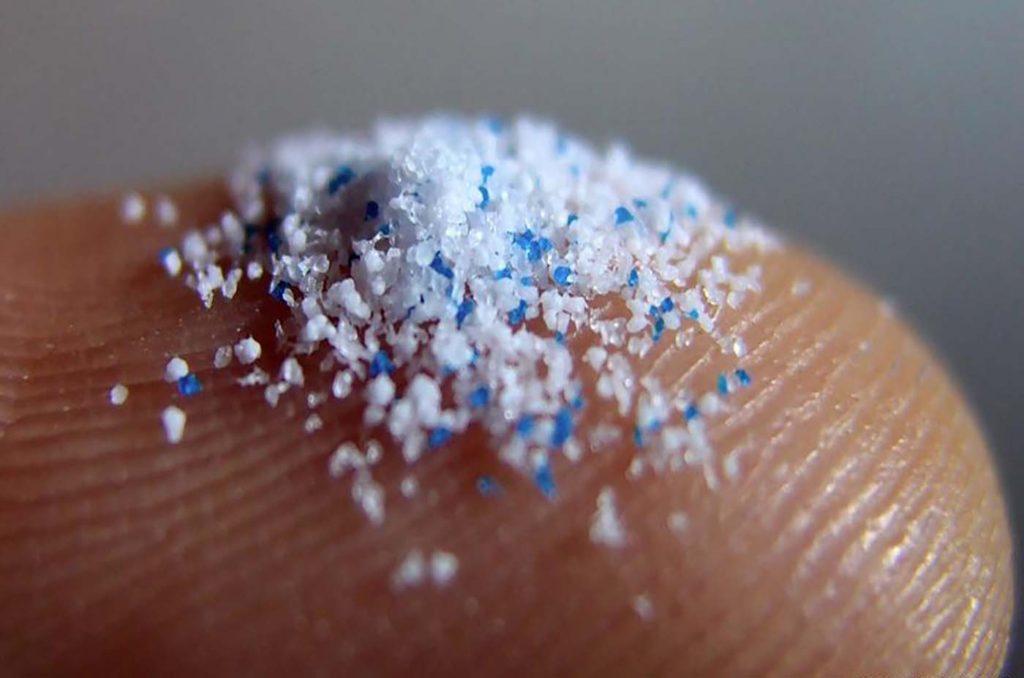
The nitty gritty on microplastics
There are two types of microplastics: primary and secondary. Primary microplastics are defined as less than 5 millimeters in size. Secondary microplastics are slightly bigger, and once formed large pieces of plastics. We have been led to believe that ocean waste and littering are the main causes of our plastic-filled oceans; however, many of our household activities and products are culprits.
- Synthetic clothing
- Skincare products
- Dishwasher/laundry detergent pods
- Teabags
- Wet wipes
- Tires
- Toothpaste
- Body wash
Primary and Secondary microplastics enter our oceans via ocean activities, wind, wastewater and road runoff.
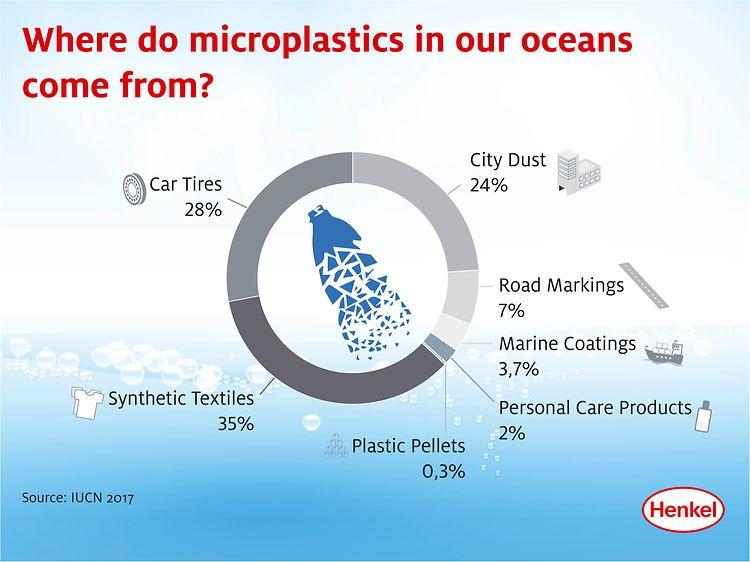
Small plastics. Big problem.
Although there isn’t a lot of concrete research and evidence concerning microplastics and human health, we know that microplastics are ingested by fish, and then most likely we eventually end up consuming those microplastics in the fish that we eat. There is also a concern that swimming in the ocean could put us at risk of microplastic consumption and absorption. Furthermore, plastics are even carried in the air.
Plastics have also been found in humans. One study found that plastic fibers were present in 87% of the human lungs studied. The researchers proposed this may be due to microplastics present in the air (22 Trusted Source).
Dirty chemicals
Plastics contain a lot of toxic chemicals… chemicals that we don’t really want to be consuming! Some of those chemicals include:
- Dioxin
- Persistent Organic Pollutants (POPs)
- Polybrominated diphenyl Ethers (PBDEs)
- Polychlorinated biphenyls (PCBs)
- Polycyclic aromatic hydrocarbons (PAHs)
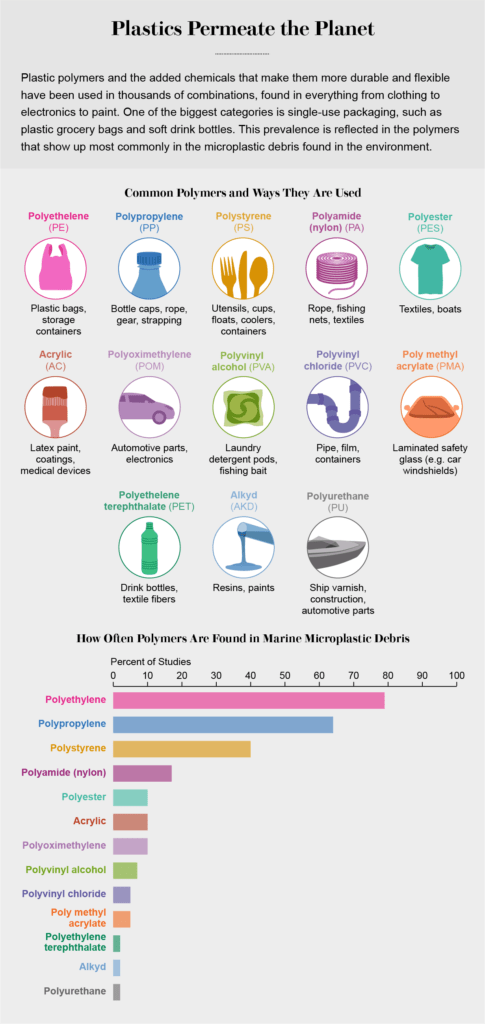
Source: Scientific America
What you can do?
Don’t despair!! Plastic alternatives I am going to share! There are steps you can take in your everyday life to 1) lessen the number of microplastics you put out into the environment 2) lessen the number of microplastics that you consume.
Avoid buying plastic bottles (please!).
Always carry a stainless steel or glass water bottle.
You could also recycle a pasta jar!
Avoid synthetic clothing.
“Polyester, nylon, acrylic, and other synthetic fibers — all of which are forms of plastic — are now about 60 percent of the material that makes up our clothes worldwide. Estimates vary, but it’s possible that a single load of laundry could release hundreds of thousands of fibers from our clothes into the water supply.” – Source
There are two recommendations: Buy fewer clothes, and wash only when necessary. Because the production of cotton and natural fibers requires large amounts of water.
Avoid buying plastic toys when possible.
Opt for wooden toys (or fabric toys as a secondary option). Better yet, recycle toys! One child’s junk is another child’s treasure.
For my son’s last birthday, we requested no toys, but we asked our friends and family for books. Children love playing with things you already have in the house like pots and pans or outside in the garden (supervised of course!).
Avoid saran wraps and sandwich baggies.
Keep food in containers with lids or covers, or invest in some stretch lids that can be used for a variety of different sizes.
- Use these Silicone Stretch lids instead of saran wrap
Refrain from storing leftovers in plastic.
Store food in stainless, glass, or silicone in the fridge and freezer.
Opt for sustainable fish.
Fish has so many nutritional benefits, so cutting fish out entirely might not be necessary. Consider buying fish that is wild and lower down the food chain such as flounder, cod, herring, and sardines.
Avoid plastic straws.
Follow the bamboo straw trend! Use bamboo, stainless steel or glass straws at home and in restaurants.
For your children’s children…
The future will tell us a lot more about the effects of microplastics on human health; nevertheless, reducing plastic use and waste has so many benefits. So why not make a few changes in your life for you, your family, and the planet? Mother Nature will be so thankful. And so will your grandchildren.
Raising a healthy family isn’t just about making sure they are eating their veggies. The quality of the food they eat, the air they breathe, the water they drink…it all matters.
So let’s spread the word and all start taking better care of our planet, and each other.
Ready to start making changes and raising a family that is thriving? I’d love to show you how and what to feed them (while showing them how to protect their planet).

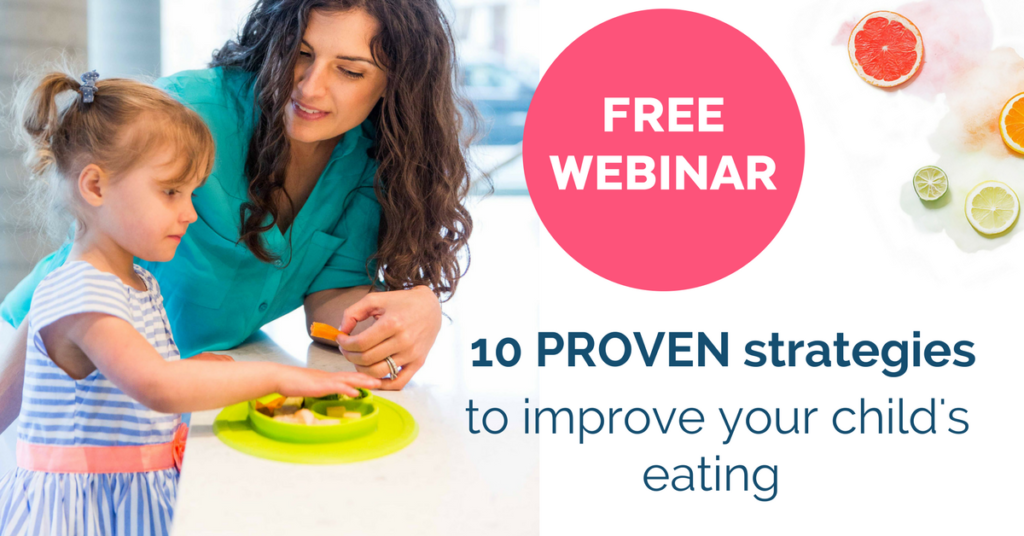





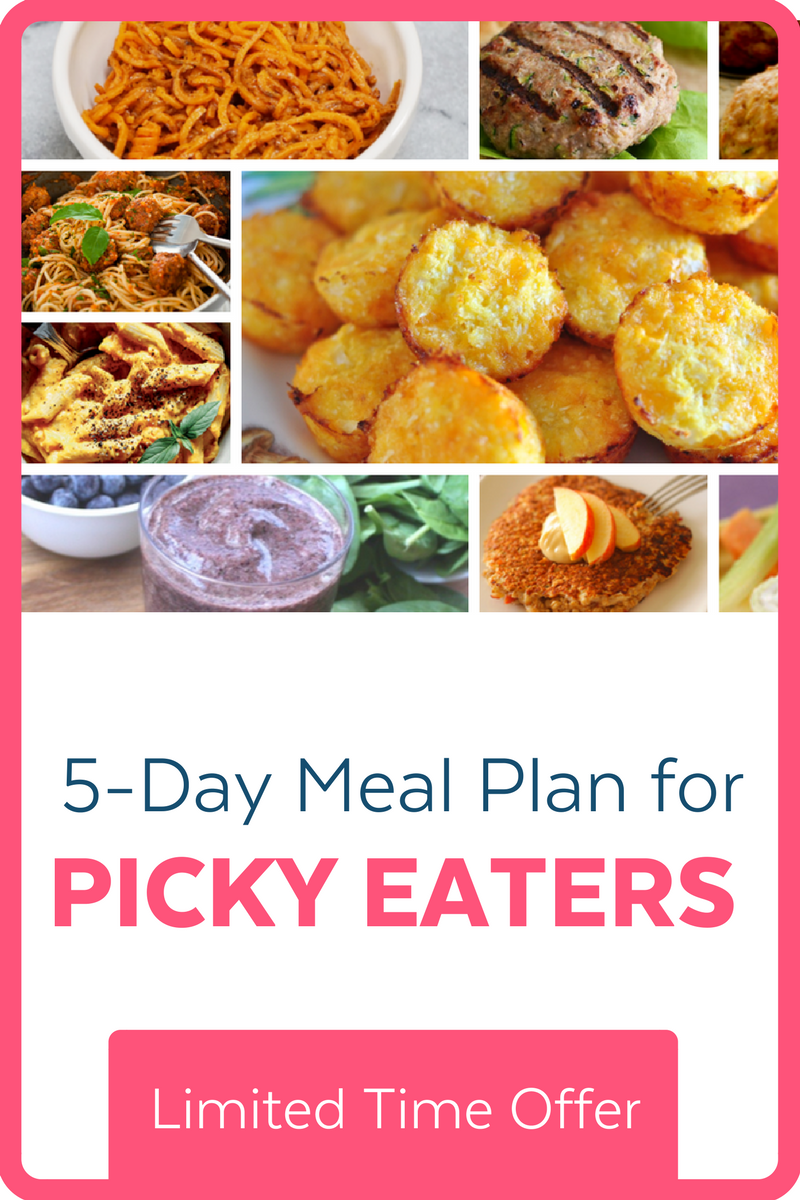
Great article ! Thanks for the info
Fascinating… this is going to make me try harder and DO BETTER!!!! Well done and so informative, thanku ❤️❤️❤️
I’m so glad you’ve written about this it’s a global epidemic and we must all do something about this. I’ll be writing a similar article and will use your references. Thanks so much!
Awesome article, and I’m exactly the same – have become more and more environmentally obsessed as the years go by! People everywhere (from government to the public) need to change their ways of thinking and behaviours, to achieve what they can. It all makes a difference!